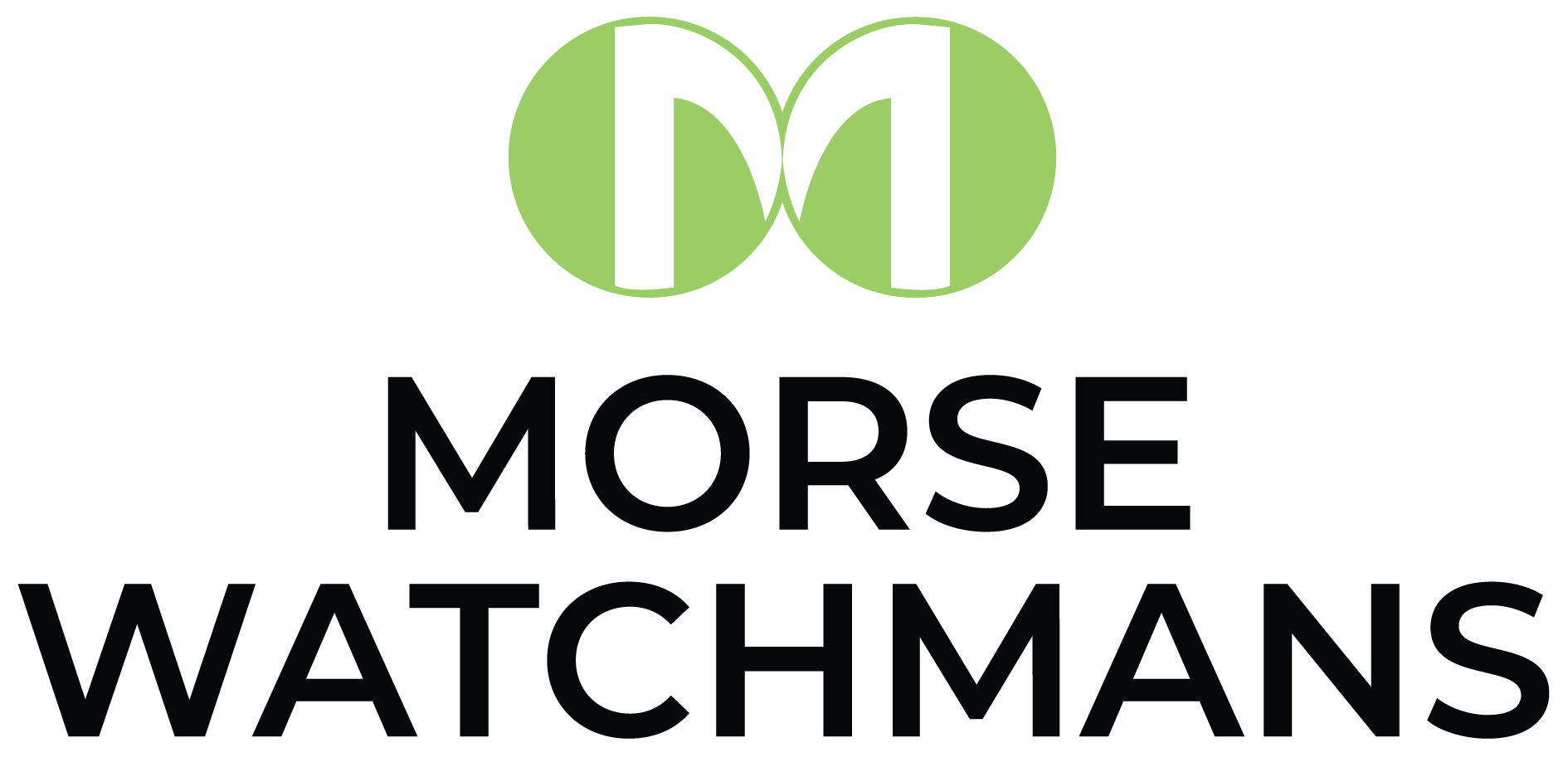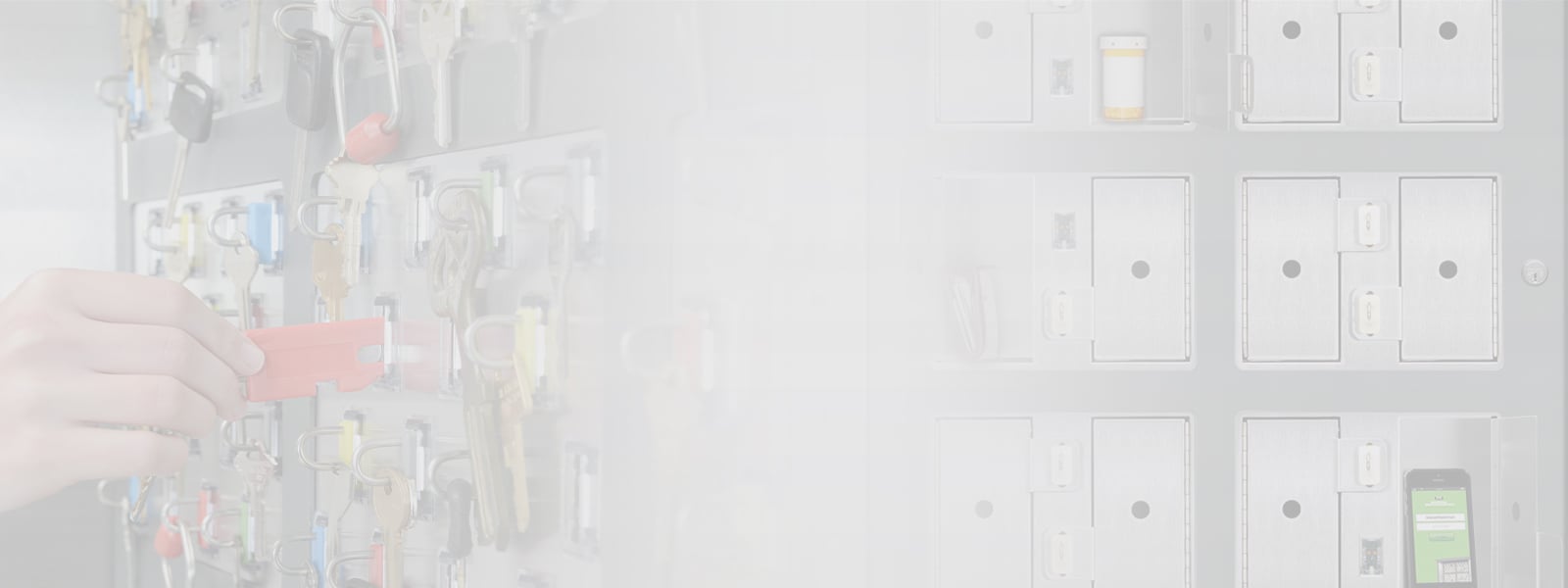Access control systems for health care facilities can be designed in a number of ways and often include solutions such as card access systems (proximity or swipe styles), locks and keys, and even security guards. Along with these measures, one of the most frequently implemented and effective security solutions is an automated key control system with tracking capability.
Health care security in the form of a key control and management system is also a step toward compliance with various government regulations such as JCAHO (Joint Commission on the Accreditation of Healthcare Organizations) and IAHSS (International Association for Healthcare Security & Safety).
Key control and management systems are designed to record the access history of each key, including user, date and time of checkout and return. Using PIN codes or biometric authentication, these systems make it easier for authorized users to access keys when needed and for security management to perform forensic audits at any time. For added convenience, key control systems can also be integrated with other hospital security measures such as card access systems and connected to the network via Ethernet for faster and easier administration.
Many hospitals and health care facilities are also configuring their key control cabinets with automated asset control lockers. Identical in purpose to a key locker, asset lockers are used to store and safeguard valuable items such as laptop computers, cell phones etc. They may also be used to safeguard weapons that have been confiscated from patients brought in to emergency or for temporarily storing a handgun or Taser belonging to law enforcement officers.
Key control and asset management systems are a fundamental, cost effective hospital access control solution that can help to ensure the deterrence and detection of unwarranted access to controlled areas within the hospital or medical care facility.



